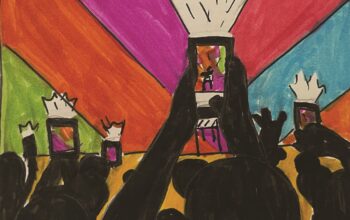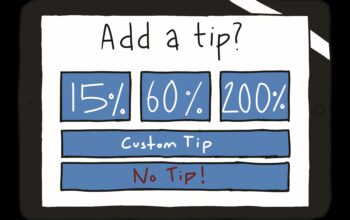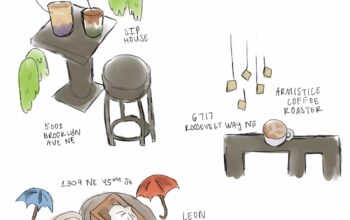Over the weekend of Nov. 27-28, an account posing as a Roosevelt-sponsored White Student Union was created on Instagram. The account, through multiple direct messages with Roosevelt students and public story posts, made clear threats of violence against students in our community, announcing that it would kill all Black students.
Yet for many Black, Indigenous, and People of Color (BIPOC) at Roosevelt, the incident came as no surprise. Rather, the event was a public manifestation of years of sustained microaggressions and racism, paired with inadequate responses from peers, teachers, and administration alike.
Students of color—most critically Black students—in our community are hurting. They are tired. They are scared. For many, school is not a safe space and coming to class requires weighing education over security.
It’s difficult to grapple with the message this reveals about our school culture as a predominantly white institution. Some have condemned the account, separating it from Roosevelt entirely. Others have argued that this is a reflection of our community— a harsh reality, the confrontation of which is long overdue. One thing is clear: the identity of our school is facing a reckoning.
From the Editorial Board, we extend an urgent call to action to all of our readers to deconstruct the systems that have allowed this attack on BIPOC, and other attacks less visible before it, to take place. This will be deeply uncomfortable, but necessary work.
On the most basic level, advocacy can look like leadership in the classroom: answering the hard questions, pushing yourself to empathize with perspectives different from your own, and uplifting the voices of BIPOC when they speak, while not relying on them to lead conversations around race. Shifting our culture to one that is actively antiracist will require moving outside of your comfort zone.
Take initiative to expand your foundation of knowledge outside of the classroom. Self-education is key, especially when everyone’s starting point in terms of their breadth of cultural and historical context is different.
Most importantly, we need to be checking in on our Black students. Recognizing the pain of racial trauma is critical; sitting in this hurt and empathizing with our Black peers is crucial—even when it means changing a lesson plan to carve time for community during class.
In our responses to these events, it is important to center the voices and feelings of the Black students who were targeted. Without this portion of our student body feeling safe and supported on school grounds, we can’t thrive as an educational institution or community.
And to our readers of color, we value your presence, bravery, and continued strength. The impact of Roosevelt’s BIPOC as leaders, artists, athletes, writers, and peers in our student body cannot be overstated. Your well-being matters.
For all of us, this is a wake-up call for change and an opportunity to redefine the environment we create at Roosevelt. Demand compassion from yourself. Expect your beliefs to be challenged. And realize that we will stumble along the way—but don’t let that deter you.



